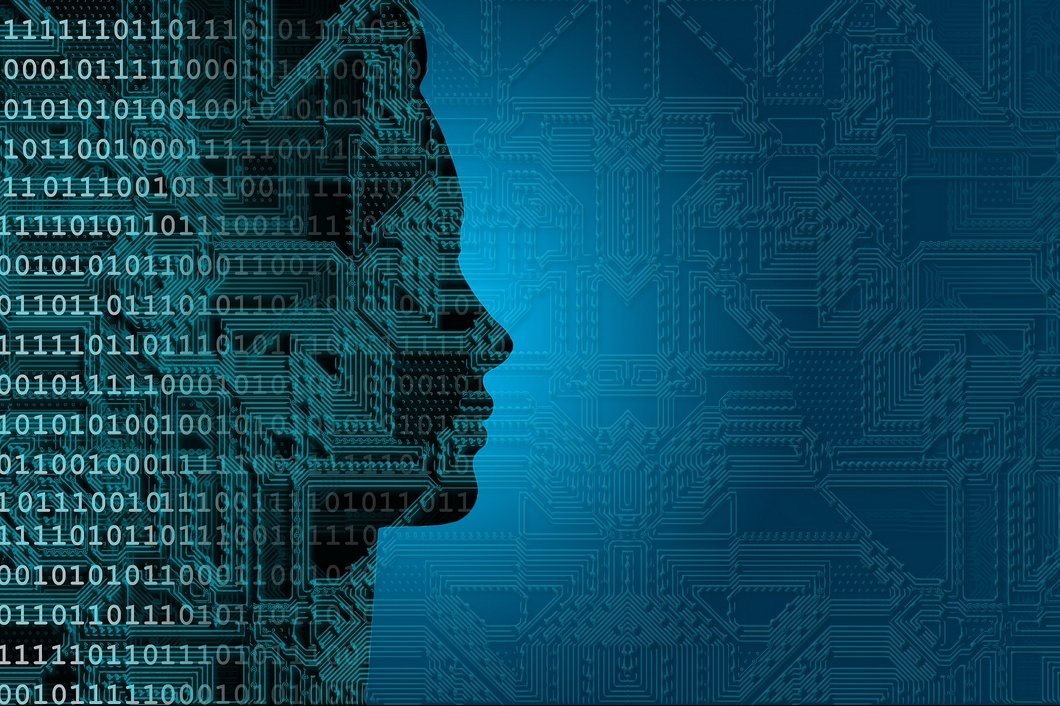In the field of computer vision, supervised learning vs. unsupervised learning are two of the most important concepts. In this guide, we will explore the differences and when to use supervised or unsupervised learning for computer vision tasks. We will also discuss which approach is best for specific applications.
What is Supervised Learning?
Supervised learning is a type of machine learning algorithm that learns from a set of training data that has been labeled training data. This means that data scientists have marked each data point in the training set with the correct label (e.g., “cat” or “dog”) so that the algorithm can learn how to predict outcomes for unforeseen data and accurately identify objects in new image data.
Typical computer vision tasks of supervised learning algorithms include object detection, visual recognition, and classification.
- In object detection, supervised learning algorithms are used to learn how to identify and localize objects in images.
- In image recognition, supervised learning algorithms are used to learn how to identify a particular object category (e.g., “person”, “car”, etc.) from a set of images.
- And in image classification, supervised learning algorithms are used to learn how to assign a class label (e.g., “cat”, “dog”, etc.) to an image.
Object detection with tracking in a real-time application built on the Viso Suite Platform.
Example of Supervised Learning
Common algorithms and techniques in supervised learning include Neural Networks, Support Vector Machine (SVM), Logistic Regression, Random Forest, and Decision Tree algorithms.
How Supervised Machine Learning Works
Supervised machine learning is the process of training a model to learn from labeled training data. The model is then able to predict outcomes with new, unlabeled test data. This type of machine learning is called supervised because the data used to train the model is “labeled” with the correct answers.
The supervised learning process can be summarized as follows:
- Collect data: This data must be labeled, meaning that it includes the correct answer for each data point (also called ground truth). In computer vision, this is called image annotation, or video annotation, to label individual frames. For example, if you want to build a supervised machine learning model to detect specific machine parts, you need to create an image dataset where all the images containing those parts are accurately labeled.
- Train a model: The AI model learns to associate certain features with certain labels. For example, the supervised learning model for image classification might learn that images containing a lot of green pixels are likely to be pictures of trees (and therefore likely to be labeled “tree”).
- Evaluate the model: After training, the model evaluation is required to determine how well it performs on new, unlabeled data.
- Deploy the model: Finally, if the model performs well enough, you can deploy it in a real-world application.
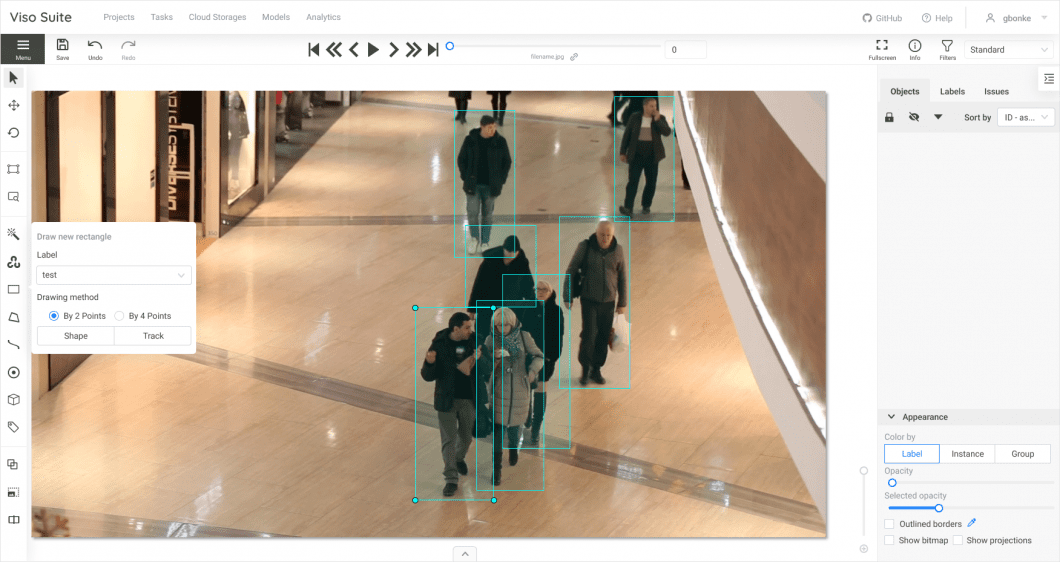
What is Unsupervised Learning?
Unsupervised learning is a type of machine learning algorithm that doesn’t require any training data with labels. Instead, unsupervised learning algorithms are fed a set of data, and they learn to automatically group similar items or find patterns in the data.
This means that unsupervised learning algorithms can be used for tasks such as image segmentation, dimensionality reduction, and clustering.
- In image segmentation, unsupervised learning algorithms are used to automatically group similar pixels into coherent objects in an image.
- In dimensionality reduction, unsupervised learning algorithms are used to reduce the number of dimensions in a dataset while preserving most of the information in the data (e.g., for image data compression).
- In image clustering, unsupervised learning algorithms are used to automatically group similar items into clusters.
Example of Unsupervised Learning
Examples of unsupervised methods include algorithms such as K-means clustering, Principal Component Analysis, Hierarchical clustering, or Semantic clustering.
How Unsupervised Machine Learning Works
The steps in the process of unsupervised training are as follows:
- Collect data: Gather relevant data that does not need to be labeled. For example, if you want to build an unsupervised machine learning model to group images of animals, you would need a dataset of images that has been manually sorted into folders containing pictures of dogs, cats, birds, etc. However, it’s important to note that the quality of the results produced by unsupervised learning algorithms can be greatly improved if the data is properly labeled.
- Train a model: The model learns to group similar items together or find patterns in the data.
- Evaluate the model: After every training iteration, the model performance has to be evaluated to see how it performs on unseen and unlabeled data.
- Deploy the model: When the model performs well enough, it can be deployed in a real-world application.
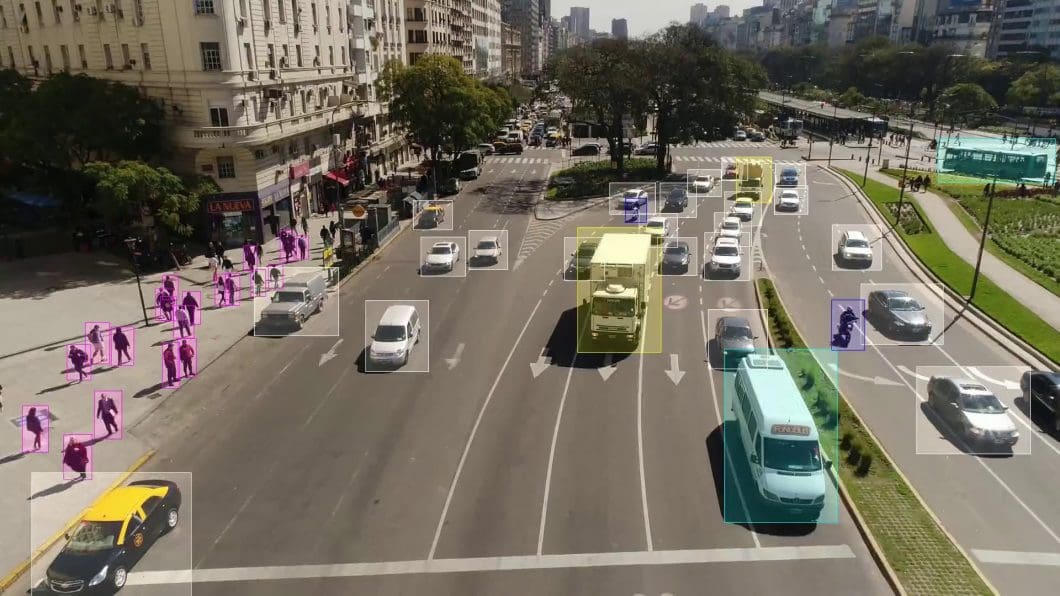
Supervised Learning vs Unsupervised Learning: Key Differences
In the following, we will discuss the differences between supervision vs. unsupervised learning. There are fundamental characteristic differences between supervised machine learning techniques and unsupervised learning models that determine their usefulness in specific use cases.
Input Data
The biggest difference between these machine learning methods is that supervised learning requires a pre-determined and labeled training dataset, while unsupervised learning does not. Hence, supervised learning requires significant upfront human intervention for labeling data appropriately.
For example, in computer vision, annotators label tens of thousands to millions of data points in images. The data selection and annotation accuracy greatly impact the machine learning model performance. While this helps to train highly effective machine learning models, there are bias risks, and algorithms only run well under precisely defined conditions and with data that is very similar to the training data.
Different Techniques Suitable for Different Tasks
Supervised learning is used for classification and regression tasks, while unsupervised learning is used for clustering and dimensionality reduction tasks.
A supervised learning algorithm builds a model by generalizing from a training dataset. The goal is to correctly label new data points that the algorithm has not seen before. For example, you can use supervised learning for image classification, where algorithms learn to classify data into different categories (e.g., dog vs cat). A supervised learning algorithm will learn from labeled images of dogs and cats, and then be able to correctly label new images it has not seen before.
An unsupervised learning algorithm, on the other hand, tries to find hidden patterns or intrinsic structures in data. It does not require labeled data; instead, it groups data points based on similarity. For example, you can use unsupervised learning for image segmentation, where algorithms try to find boundaries between different objects in an image.
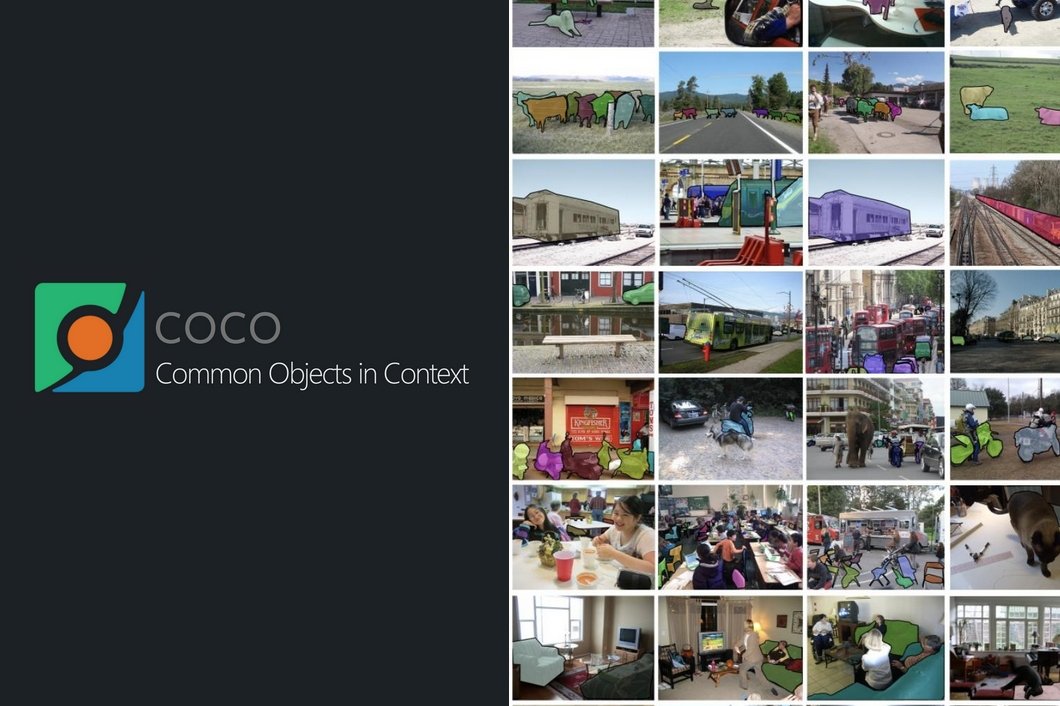
Complexity
Supervised learning is easier to implement as it has a specific goal- learning how to map input data to target outputs. Unsupervised learning, while also having a defined goal, does not have a specific output that it is trying to achieve and is more focused on understanding the underlying structure of the data.
Supervised Learning Cost
Another difference between supervised and unsupervised learning is that supervised learning is more expensive than unsupervised learning. This is because training supervised learning models requires labeled data, which must be collected and annotated by humans. Read our article about what computer vision costs.
In general, the data collection and annotation of a large amount of input data are needed to achieve desired results, especially in real-world settings with highly variable objects (e.g. people). On the other hand, training an unsupervised learning model does not require a team of data scientists to label raw data manually.
Improved Accuracy
Finally, supervised learning is usually more accurate than unsupervised learning. This is because supervised machine learning algorithms have a training dataset to learn from, while unsupervised learning algorithms do not.
Training a deep neural network requires multiple iterations and continuous optimization of the model (MLOps) to improve the model’s ability to predict the inferencing results from unexplored data (validation dataset). In most cases, supervised methods can achieve more accurate results.
Supervised Learning Use Cases
Object Recognition
Supervised learning algorithms can be used to locate and categorize objects in images or video (video recognition). They can also be used to identify people, vehicles, and other objects in computer vision systems.
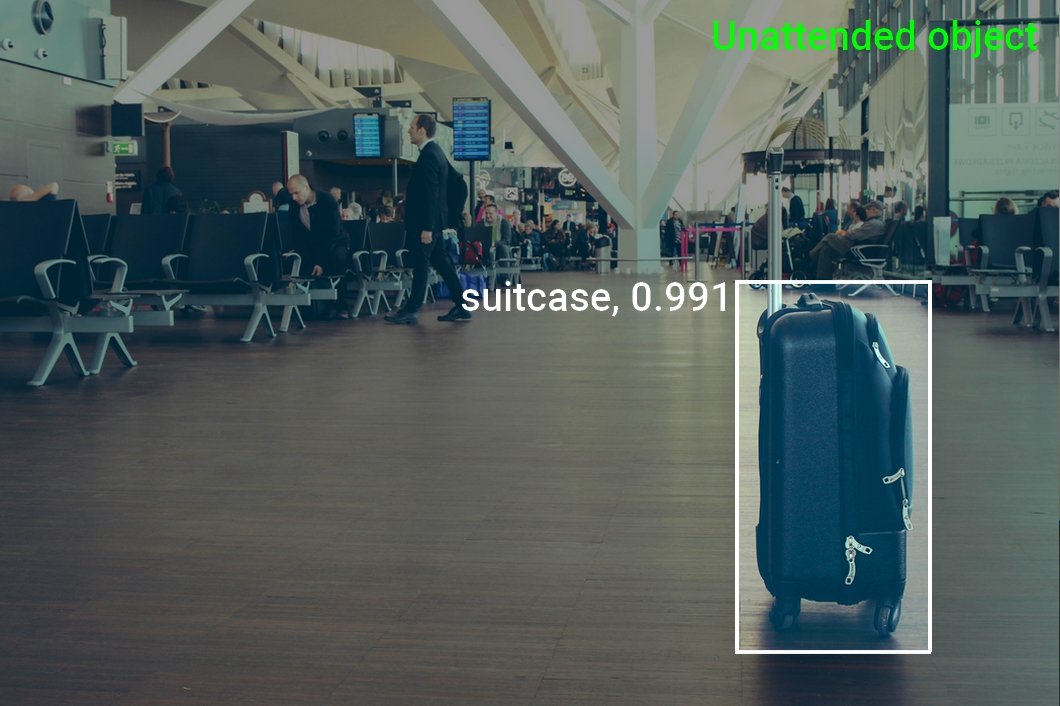
Text Recognition
Supervised learning algorithms can be used to read text in images or videos. Optical character recognition (OCR) systems convert written text into machine-readable form, for example, to read number plates or scan documents with AI.

Facial Recognition
Face recognition uses deep neural networks trained on databases to identify faces in images or videos. This technology is used for security applications, for example, to unlock phones or gain access to buildings. For more examples, check out DeepFace, a popular face recognition library.
Visual Inspection
Machine learning models are used to inspect products on a production line for defects in industrial manufacturing. This is done by training a supervised machine learning model to distinguish between defective and non-defective items with labeled training data.
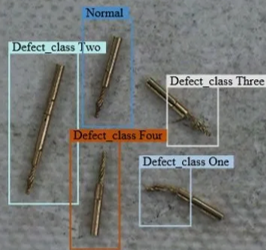
Analyze Churn Risk
Machine learning models can be used to assess the likelihood that a customer will discontinue their service with a company. Such models are trained to analyze data from customer surveys, social media, and other sources.
Drug Discovery
A supervised learning model can be used to find new drug candidates by analyzing data from previous clinical trials. This is done by training a supervised machine learning model to identify patterns in the data that are associated with successful outcomes.
Spam Detection
ML models can analyze different data points to detect spam emails. Such algorithms are trained on a dataset of emails that have been labeled as spam or not spam. The algorithm learns to distinguish between the two classes of emails by looking at features of the email, such as the subject line, the sender, and the content.
Unsupervised Learning Use Cases
Anomaly Detection
Anomaly detection is the process of identifying outliers in a dataset. This can be used for fraud detection, identification of errors in data, and finding unusual patterns. Such big data analysis is important in the Insurance and Finance industries to identify suspicious transactions and detect insider trading.
Speech Recognition
In the fields of Natural Language Processing (NLP) and Natural Language Understanding (NLU), unsupervised learning is of great importance to improve the understanding of the context of words and phrases.
Text Sentiment Analysis
Algorithms can be used for sentiment analysis to figure out how people feel about something based on their use of words, emoticons, and emojis. Such methods are used to analyze sentiment levels for depression detection in social media data.
Customer Persona
Clustering is used to group similar data points. This can be used in marketing, for customer segmentation, and to identify customer and buyer profiles based on their behavior.
Medical Imaging
Unsupervised methods allow machines to learn on their own to recognize patterns and abnormalities that supervised learning might not pick up on. It can also be used to segment images so that individual objects can be identified. This is especially useful in medical images where small details can make a big difference.
Time Series Analysis
Time series data is a sequence of data points that are spaced at regular intervals. Unsupervised learning can be used to find patterns in time series data and make predictions about future events based on unlabelled data. This is important for things like weather forecasting, sales prediction, stock market predictions, and predicting traffic patterns.
The Bottom Line
The biggest differentiation between supervised and unsupervised methods is that supervised models require labeled input. With supervised learning, we feed the machine known information to learn how to find such patterns and make predictions. Unsupervised learning takes an unlabeled dataset and tries to automatically identify structure and patterns within it.
The benefit of supervised learning is that you can train your model to be much more accurate in solving a specified problem with limited output options (classification problems). Unsupervised learning is more exploratory and doesn’t require pre-labeled data, making it more flexible. It can be used to segment customers, find relationships, and detect anomalies.
Both supervised, and unsupervised learning are important tools in the machine learning toolbox for data analysis. Making a decision depends on the nature of the problem and the available data volume and type.
If you enjoyed reading this article, check out our other blog articles about related topics:
- What is semi-supervised Machine Learning? A gentle introduction
- Image Annotation: New Technologies and Tools
- What Is Deep Learning? An Easy-to-Understand Guide
- AI Image Generation and Text-to-Image Engines
